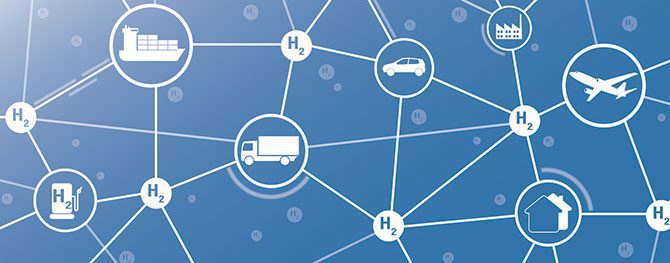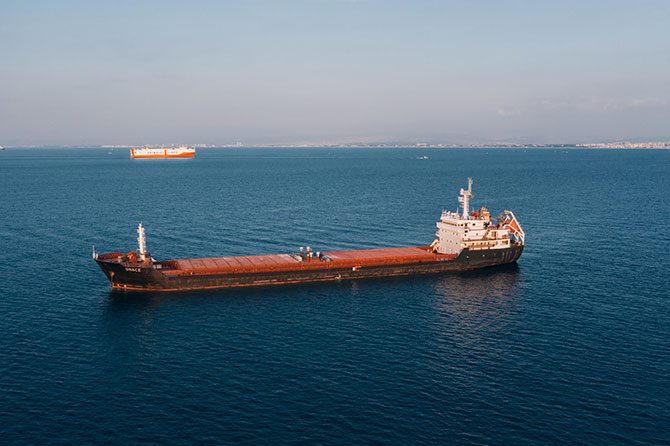
If you are running a supply chain, you probably already know how costly it can be. Between logistics, fuel costs, and worker wages, you are looking at a substantial amount of money. But, if you take a closer look, you can also see numerous ways to reduce supply chain costs. So, we will use this article to emphasize them.
What are supply chain costs?
Let us start by clarifying what we are really talking about. When you make a purchase for your business, there are costs involved in the whole process. Right from when you order to when it is delivered at your door step of your client, money is being spent on transportation, warehousing and labor wages. This can be referred as the supply chain costs.
Supply Chain Costs can be divided into five different types. They are as follows:
1 – Transportation Costs
2 – Inventory/Warehouse Costs
3 – Labor Costs
4 – Administrative Costs
5 – Unavoidable risks/costs (i.e., lock-in or market power driven costs, etc.).
What is Supply Chain Cost Optimization?
Supply chain cost optimization is the effort to control supply chain costs effectively. It involves the evaluation of an organization’s procedures in order for it to identify ways by which its operation can be improved. It refers not only to cutting down on costs but improving value and service quality while doing so. It’s important because it enhances profits for companies and ensures that products are available to consumers at a reasonable price.
When you invest time and energy into reducing costs, you will see a plethora of benefits. The most important ones include improved cash flow, less capital strain on your business, more efficient operations that allow to react faster to changes in demand or market conditions and keeping up with competitors who have more or less the same cost structure.
Best ways to reduce supply chain costs
While we will list multiple ways to reducing supply chain costs, we do not mean that you should use all of them. Instead, try to focus on your company and see which methods would yield the best benefit. It is much better to apply one method properly than to attempt ten and fail miserably.
Cater to your customers
As a supply chain company, you probably have a specific type of customer you cater to. Some companies are more geared towards large businesses, while others provide shipping for individuals or relatively small companies. Whatever your situation is, you first need to outline who your customers are. Then, you need to closely look at your supply chain and cater to their needs. Examples of this can include:
- Next-day delivery option.
- Unlimited shipping with paid membership.
- Shared shipping for local companies.
All of these are different ways in which shipping companies take customer needs first and develop systems to make use of them. Do that, and your supply chain will be much more efficient.

The better you understand your customers, the more efficient your supply chain will be.
Develop a supply chain strategy
Another aspect you have to take good care of is your supply chain strategy. Namely, many companies accept the ongoing mode of shipping as the only viable option. But, in fact, there are usually numerous ways in which you can improve your strategy. An effective strategy is:
- Easy to understand and follow (especially important for new employees).
- Encompasses all aspects of the company.
- Addresses current customer complaints and needs.
- Has a clear system for making decisions and improvements.
If your strategy doesn’t fill these criteria, you have some work to do.
Make good use of available space
Unless you inspect your storage space regularly, it is highly likely you are not using it efficiently. Once you compound the amount of space wasted, you will soon see just how much potential revenue you are losing. Nevertheless, you still pay the staff and fuel to ship that empty space, usually over long distances. So, as you can probably guess, you need to ensure that your storage space is well used. Work closely with your workers and ensure that they utilize every cubic inch that your storage has.
Network design
Another aspect of your company that probably could use some revision is your supply network. All things factored in, designing a supply chain network can be pretty complicated. However, numerous intertwined factors make human analysis all but impossible. So, if you haven’t so far, we advise you to invest in supply chain software. Modern software can do wonders in optimizing supply chain networks and ensuring minimum cost at maximum efficiency. When appropriately implemented, this software can quickly save you enough money to warrant its price. So, even if it may seem pricey, we suggest that you invest in it.

Even a relatively small supply chain network can be surprisingly complex.
Automation
Another thing that may seem pricey but is actually a wise investment is automation. Modern supply chains are practically inconceivable without automation. And, as technology develops, we do suspect that we will see more and more of it.
As it is now, automation is pretty expensive to implement. You not only have to get the necessary machines, but you also need to get the software to operate them. Therefore, it should not come as much of a surprise that while automation is advancing, smaller supply chains are still reluctant to invest in them. While we leave the decision to you, we would like to note that automation is the future. What effects this will have on general employment in the shipping industry is yet to be seen. But, if you want to keep up with modern demands, you will need to invest in automation at some point.
Increase safety
Another potential issue that you might have with your supply chain is safety. While you may believe that your supply chain is safe enough, you probably have to deal with a fair share of safety issues. Seemingly unforeseen circumstances do pop up, and you need to quickly find a way to solve them and keep your supply chain in function. Fortunately, while these circumstances seem difficult, there are ways to strengthen your supply chain and make it resilient. We will go over how you can do that.

Making your supply chain resilient will always reduce supply chain costs.
First, you need to closely look at your supply chain and identify the most prevalent weaknesses. Creating a Value Stream Map (VSM) is immensely helpful here, as you get a visual representation of your chain and all of its links. Once you do so, you’ll have to map out all the weaknesses and risks (this is called a Failure Mode & Effects Analysis). With it, you will have a full structural map of your chain and a clear idea of what can go wrong. And, finally, you’ll have to create a Supply Chain Operations Reference model (SCOR model) where you outline what the consequences are and how to deal with them.
Track performance
Last but not least, it is paramount that you keep close track of your performance. To reduce supply chain costs, you first need to identify what the issues are. And once you apply your solutions, you need to measure their effectiveness. That is the only way to verify whether your idea was correct and whether you’ve truly solved the issue.
Final thoughts on supply chain cost drivers
The cost of running a supply chain is often underestimated, but there are many ways to reduce that expense. From redesigning your network to investing in automation or safety measures, you can find the right balance between supply chain costs and business performance. Hopefully, this article has given you some ideas on how best to do so for your company!
At the ILS company, we can help you determine and achieve your supply chain objectives based on warehouse management and transportation costs. Our third-party logistics company assists businesses with international exports, imports, and a wide range of other services.
To learn more about how we can help you set up international shipping and import/exports, call us at 1800 ILS9712 or get in touch through our chatbot in our website.
Our services make us the strongest link in your supply chain.


